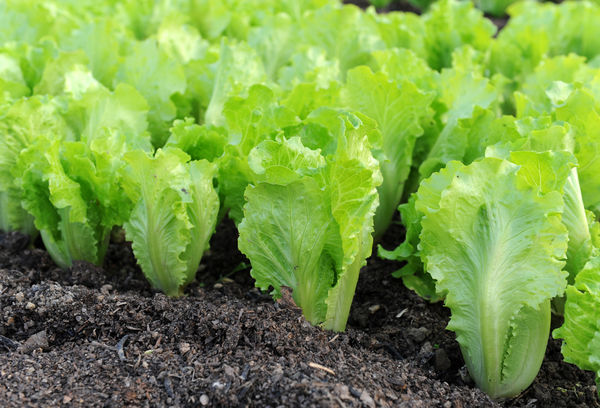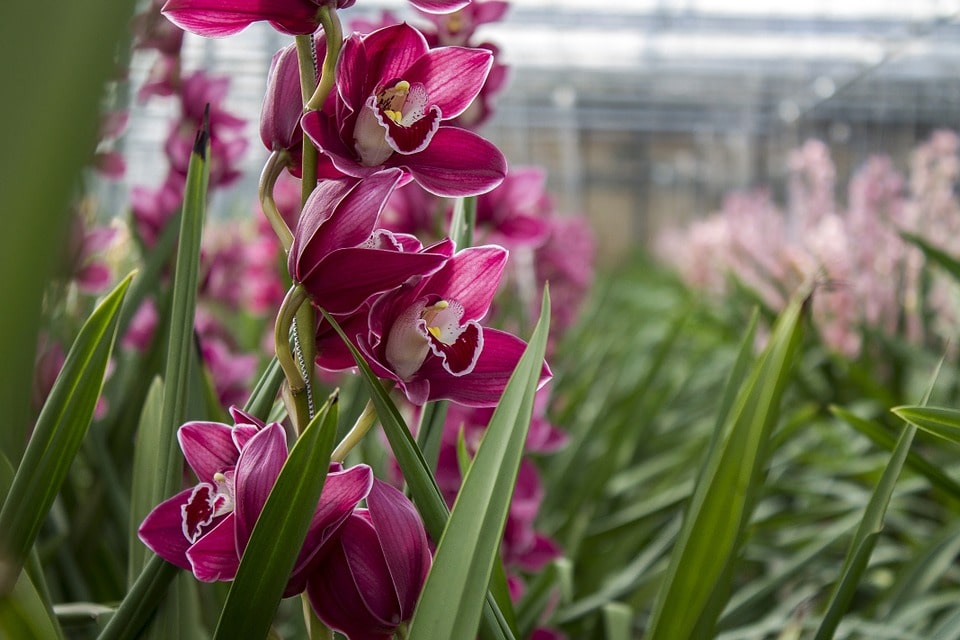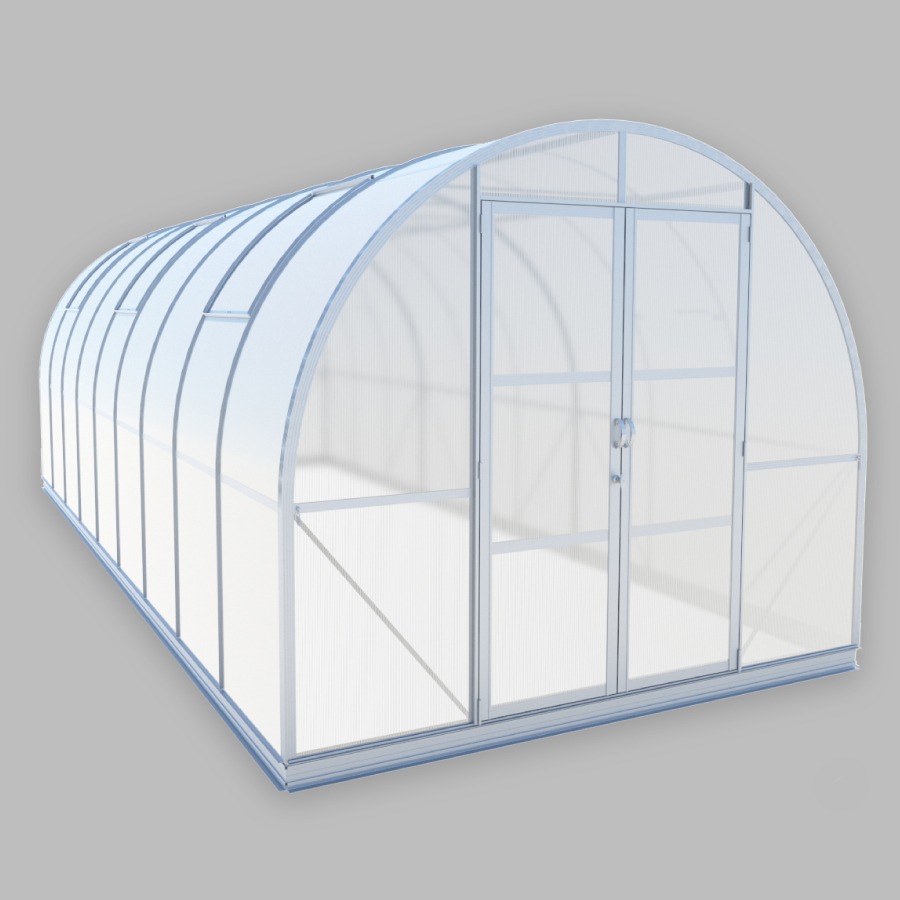Having your own greenhouse in your garden is a great opportunity to grow a crop of fresh greenery in spring, even if the structure is not heated. There are cultures that are fast growing and can tolerate cold weather.
Vegetables for growing in a greenhouse in spring

Radish
This vegetable grows very quickly and requires minimal maintenance when grown. In an unheated greenhouse, radishes are sown in March. Then the first harvest will be fully ripe by the beginning of May. To obtain rich seedlings, greenhouse beds are covered with snow, and seeds are scattered on top. Early ripe varieties with large seeds should be sown, they do not shoot. Since radish is a light-loving culture, the most illuminated section of the greenhouse is chosen for it. In order for a tasty and healthy vegetable to be constantly on the table, sowing is carried out at intervals of 2-3 weeks.
Parsley
These fragrant greens tolerate cold well, so they can be planted not only in early spring, but also in autumn. So that when grown in an unheated greenhouse, seedlings appear faster, the seeds are pre-soaked and germinated. The culture prefers loose soil, but is undemanding to light, so it can be planted in any part of the greenhouse. Seeds are sown in grooves no more than 3 cm deep. Water the parsley sparingly, since excessive watering leads to a decrease in yield, and poor watering leads to a deterioration in the quality of greenery.
Dill
Dill is another unpretentious crop. It is often self-sown outdoors, and fresh greens remain crisp and aromatic until the first frost. In an unheated greenhouse, dill seeds are sown in April. A small bed is set aside for dill and sowing is repeated every 2-3 weeks so that the crop ripens gradually. Ripe greens are not cut off, but pulled out by the roots. Later, the vacated bed is used to grow other vegetables.
Green Onions
The cultivation of green onions is practiced not only in the open field, but also in greenhouses without heating and even at home on the windowsill. This culture is not afraid of cold weather, grows successfully on any soil and is practically insensitive to the lighting regime.
When grown in a greenhouse, there are no clear planting time limits. The bulbs can be planted as early as March. But it should be borne in mind that the growth rate of the feather directly depends on the temperature regime. At rates from +10 to +20 degrees, the greens will ripen in about 25 days. If the temperature drops below, then the harvest will be ready for use in a month and a half.
Lettuce
There are many types of lettuce: cabbage, leafy, half-cabbage and asparagus. The most unpretentious and early ripening are leafy varieties. Their seeds germinate already at +5 degrees, and the harvest begins a month after sowing. Salad crops require intense lighting. Otherwise, the plants stretch out and the greens become less crispy. In addition to leafy varieties, watercress is successfully grown in greenhouses. It is a cold hardy herb with a spicy flavor that reaches maturity 2-3 weeks after planting.
In early April – growing flowers

An unheated greenhouse is used not only for growing vegetables and herbs. Ornamental plants are successfully cultivated in it. In April, the temperature indicators gradually stabilize, so asters, marigolds and zinnias begin to grow indoors. If the first two varieties are grown as an ornamental annual, then zinnia is cultivated with seedlings. Therefore, after planting it in the greenhouse, you will first have to wait for the shoots, then dive the seedlings into separate containers, and later transplant them into open ground. Housewives, who have missed the garden during the long winter, can return to their favorite work in early spring so that fresh vitamin greens appear on the table as soon as possible, and beautiful flowers on the plot.

ClimaOrb 9×21 Tunnel Greenhouse Kit with 6-mm Polycarbonate
8’11” x 21’5” x 7’11” tunnel ClimaOrb Greenhouse
ClimaOrb 9×21 is strong and effective tunnel greenhouse for your garden needs. It has arched style design for better strength with minimum weight. Therefore, ClimaOrb greenhouse has the best properties for its price.
- СlimaOrb 9…
